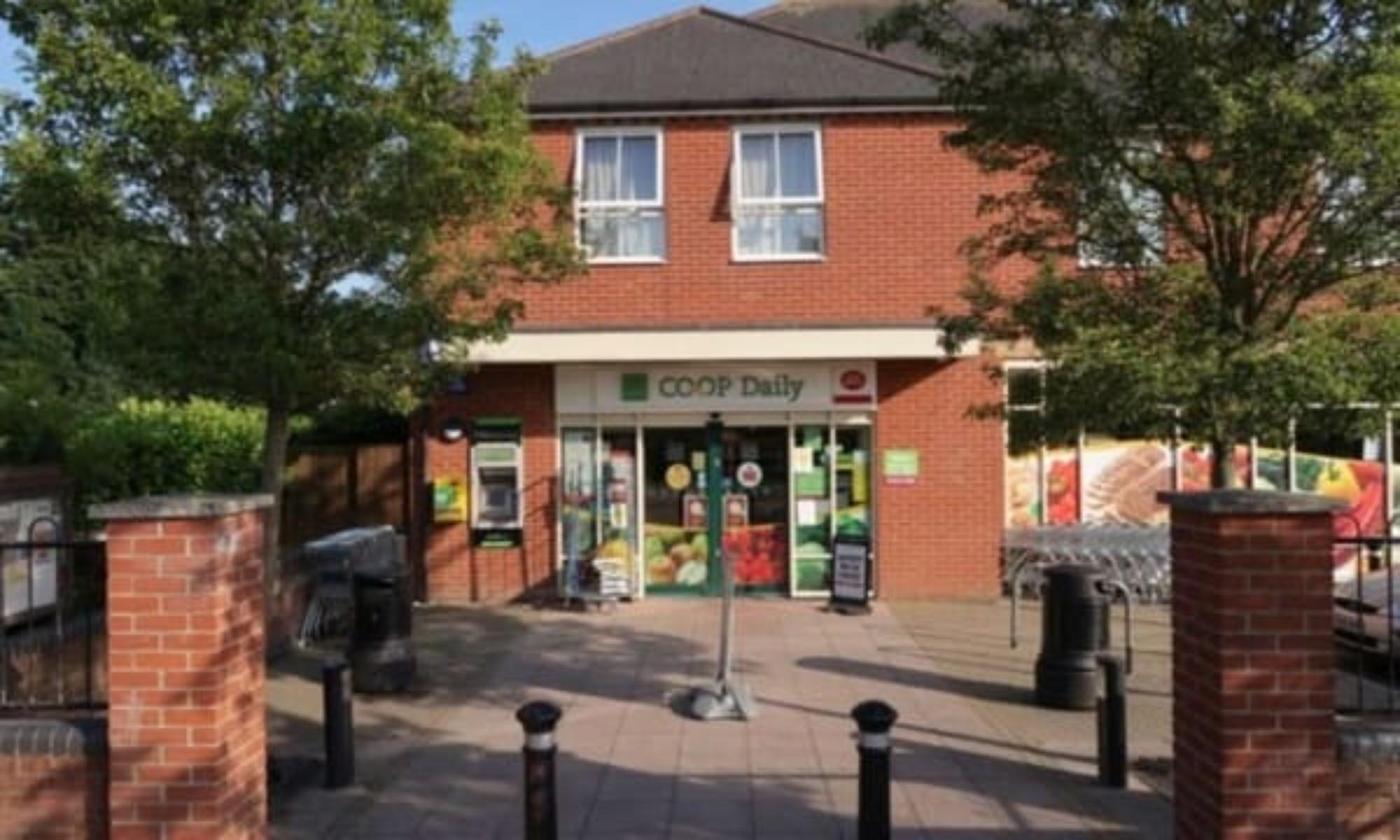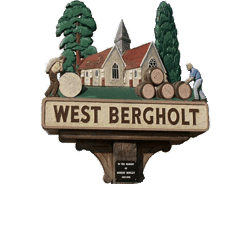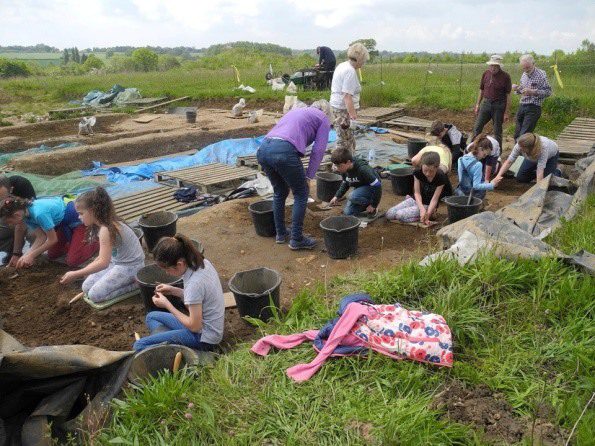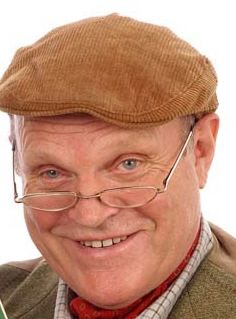 Archaeological Update on Fordham Hall
Archaeological Update on Fordham Hall
Members of the Colchester Archaeological Trust will update the History Group on the Roman Excavations at Fordham Hall next month. John Mallison & Jonathan Oldham from the trust will visit the History Group on Wednesday 12th February to give a full update on progress at the dig.
This Fordham Dig Update talk will start at 7.30 pm (doors open at 7.00 pm) in the Orpen Hall in West Bergholt. Entrance to WBLHG members is £2; non-members are very welcome to attend at an entry cost of £4 which includes refreshments.
This follows on from two very enjoyable recent meetings including the intended, and the actual, Bernard Colbron Memorial Lecture.
 The Third Bernard Colbron Memorial Lecture
The Third Bernard Colbron Memorial Lecture
Our planned speaker, Charlie Haylock, was unable to join us as intended. His role as a Suffolk dialect advisor for a film about the discovery of the Sutton Hoo Ship burials had been extended. However, Charlie suggested that his friend Neil Catchpole would be able to come and tell us about “Songs and Tales from the Countryside”.
Neil (right) who grew up and lives locally, is a man of many talents; he last visited the History Group about 15 years ago. He is involved with the Stour Valley Trust, the Dedham Vale Area of Natural Beauty and Clare Country Park.
Excellent Turnout
Neil’s stories of growing up in the local countryside entertained another excellent turnout of both members and visitors. He illustrated many of these with items of memorabilia that he had brought with him. Neil supported a number of his stories by singing a traditional countryside song. There is no doubt that Neil proved a great substitute for Charlie!
Neil comes from a long line of East Anglian countrymen who have worked the fields, woods, game coverts and brick-yards of the Essex/Suffolk border for many generations. He still spends most of his days out in the countryside; perhaps building an Otter holt, ringing a clutch of young Barn-owls, or advising landowners on conservation matters.
He has an overwhelming passion for all aspects of country life, past and present, with an ever-growing collection of old artefacts and curiosities, gleaned from the local area. You can read more about him here.
 The History of Surnames
The History of Surnames
Charlie didn’t keep members waiting too long before he again informed and entertained them! To accommodate Charlie’s talk on the History of Surnames, the planned talk on the Significance of the Daniell Family has been deferred until April.
How Many Vowels?!
We were first reminded of the history of the English language when 18 vowels were reduced to 6 and then to 5 when Y became a consonant. We then learnt that surnames really only became significant following the Norman Conquest and the collection of information for the Domesday Book. Charlie explained that the source of surnames can be traced to one of the following (red italics are surnames of history group members):
- a Location – for example, Liddamore and a number of variations suggest they originate from Livermere in Suffolk. (In Old English laefer means “rushes” and mere means “lake”),
- an Occupation – for example, Baker or Butcher,
- a Nickname – for example, Holliman is derived from Old English halig which means “holy” and mann which means “man”. This would describe a man who is holy but not one in orders,
- the Son and Family of – a name ending in son means “son of” whereas if it ends in an s it can mean “widow of” or “son of”. For example, Noakes usually means widow of Noake who is a dweller by the oak. The Old English would have been atten āc which means “at an oak” or later “at a noak” abbreviated to “noak”,
- or Either / Or – meaning it could be derived from a number of the above. For example, the surname Barrell could either derive from
- the nickname for a man with a rounded stomach, Norman French baril means a barrel or cask, or
- be someone who came from Barwell village. Old English wella means spring or stream frequented by boar bār.
 The following document contains the explanation of all the surnames which had been submitted by members:
The following document contains the explanation of all the surnames which had been submitted by members:
It was once again a very informative and enjoyable evening for the 50 or so members and visitors who attended. Several took the opportunity to talk to Charlie and buy copies of his books and a CD on Suffolk. We look forward to a return visit of Charlie Haylock.





